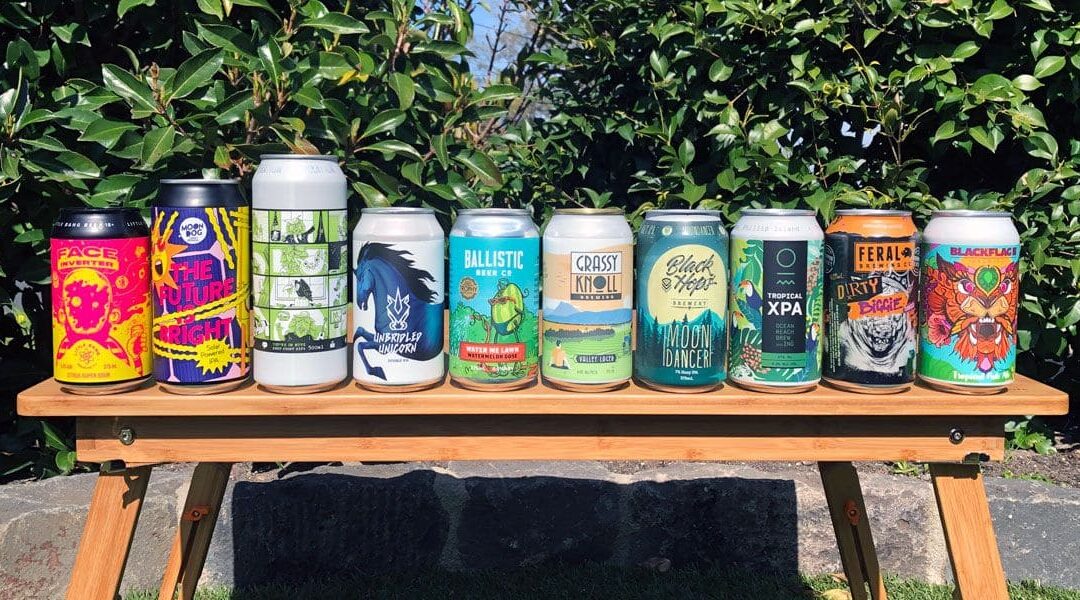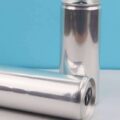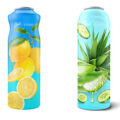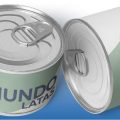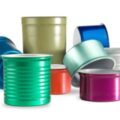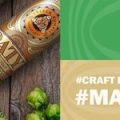Companies need to be much more creative to compete in today’s marketplace. The simple impression of a can can help brands stand out and stay relevant in the consumer’s mind. Design is one of the best ways to achieve this, but it is important to take care of the details so that the experience lasts.
Cans are a proven alternative to other materials due to their portability and recyclability. Aluminum and tinplate cans are two essential products in the packaging industry, widely used in the food industry due to their practicality and durability. The durability of aluminum provides a material resistant to impact, corrosion and moisture, providing optimum protection for canned foods, carbonated beverages or any other sensitive contents. On the other hand, tinplate cans stand out for their exceptional malleability, which allows for creative shapes and customized designs according to the needs of the product. Both materials complement each other perfectly in the production of packaging. This structure provides an efficient hermetic seal that keeps products fresh and prevents unwanted spills.
On the other hand, tinplate cans also have advantages such as resistance to extreme temperatures and the possibility of being recycled repeatedly without losing their original properties. Both types of containers are ideal for preserving soft drinks, preserving canned foods or even storing delicate chemicals.
Due to their shape and structure, the cans have a large and even printable surface for eye-catching graphics and messages that can catch the consumer’s attention from afar. They can also accommodate unique inks and other decorative techniques that play with light and offer a more engaging product experience.
First impressions about a product can be crucial in the purchase decision. If the packaging or visual design is not striking, consumers are less likely to be interested in the product so the perception of quality and brand reputation will not be the most successful. A successful package design should clearly provide some important details such as the ingredients or nutrients, the possible health and performance outcomes, and the unique features that make this product stand out. If this information is not easily found, the consumer is likely to simply move on looking for something better.
Thanks to today’s modern technology, there is a wide range of options and techniques when designing cans. Whatever style is chosen from classic matte or metallic finishes, detailed graphics or bold imagery, the goal is always to make the cans look premium. Optimal results are achieved through the use of printers with advanced technology capable of reproducing complex lines and colors with sharpness and accuracy.

